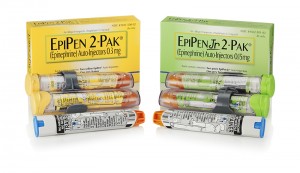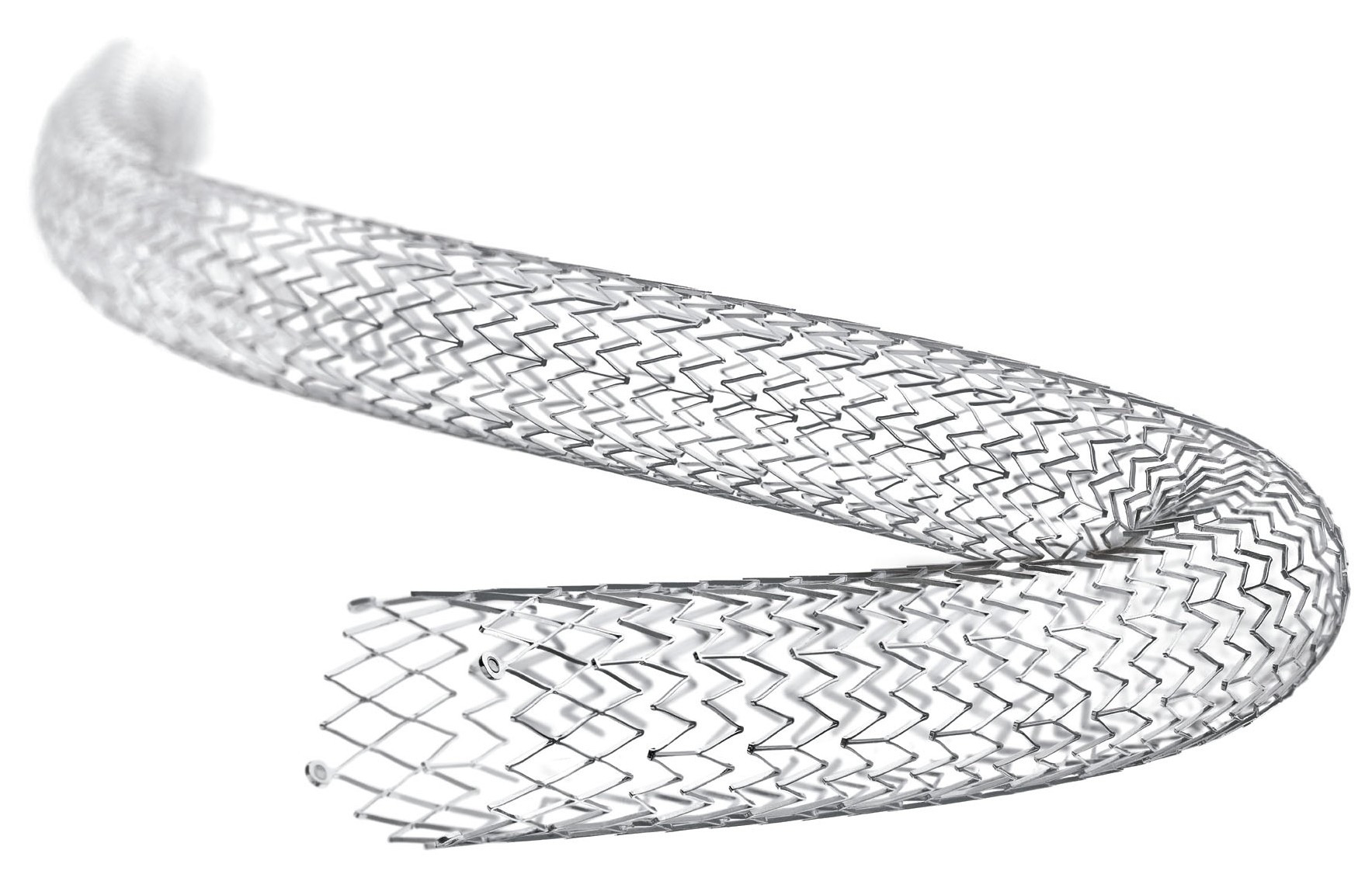The Office of Combination Products (OCP) was established in 2002 to provide a central source of assistance for issues related to combination products, including navigating the regulations, developing guidance, product submissions, and providing more coordination and consistency between CDRH, CDER and CBER. Since then, the Office has released 13 guidance documents, including Early Development Considerations for Innovative Combinations Products, How to Write a Request for Designation and most recently Current Good Manufacturing Practice Requirements for Combination Products in January. While these guidance documents have undoubtedly helped manufacturers, there is still a need for further alignment between the OCP and the other Centers.
“I think where the Office has struggled a bit is in policy making,” says Bradley Merrill Thompson, partner at Epstein, Becker & Green. “On the one hand, the head of the Office is like an ombudsman. When a submission is driven by what tends to be user fee deadlines on the drug or device side, [the OCP] steps in and reduces conflict. But when it comes to writing guidance and new regulations, that Office has no enforcement mechanism to move policymaking forward.” Thompson points to the cGMP guidance document, which he says took far too long to issue, and the problem that there is no mechanism to essentially “force” collaboration between the Centers.
Register for Medical Device Summit’s Combination Products Conference
Date: June 24-25, 2015
The conference features speakers from leading manufacturers of combination products, as well as FDA’s OCP, CDRH, and CDER.
Human Factors the Hot Button Issue
With 30% of healthcare products falling into the category of combination products, the integration of human factors is a big concern, especially as it relates to collaboration between the Centers. In addition, more and more drug delivery devices require self-administration by the patient, so product design and the instructions for use (IFU) are extremely important.
The issue of multiple centers being involved in a review has been a source of frustration for manufacturers. “The Centers have had extraordinary difficulty working together and from the outside, it’s fairly apparent that they struggle to arrive at a consensus,” says Thompson. For example, a manufacturer may follow CDRH guidelines for validating design from a human factors perspective, only to be told further in the process by CDER that changes need to be made to the IFU. Changing IFUs after the original IFUs have been validated (usually in a clinical trial) can present a big problem from a design standpoint. “I understand the cultural problem here. For decades, the final stage of drug review has typically involved a debate between the sponsor and CDER on labeling. That was fine when the doctor was the primary audience and the argument was over how to best characterize the scope of FDA approval,” says Thompson. “It made sense—FDA would make a final decision about how the product would be used and make sure the labeling conforms to what the agency views as its approval.”

However, apply this same process in the context of an autoinjector to be administered by a patient and changing the IFUs at the end creates a big design challenge for companies. “We’re trying to resolve it by getting earlier consensus on human factors issues like the labeling. But there’s a cultural difference. Right now companies are struggling and are caught between the two centers,” says Thompson. “We’re seeing a fair amount of inter-Center conflict on policy making right now and something needs to be done about that.”
Issue on the Horizon
“One of the emerging issues that we’re trying to get our hands around is a requirement by the Center for drugs for the sponsor to include more quality system documents in the submission to the agency,” says Thompson, noting that the concern has just come up within the past couple of months. “That’s raising a lot of eyebrows, because quality system issues are supposed to be dealt with upon inspection. They’re living documents that exist in the manufacturing facility and are available for FDA to inspect when the agency does its inspection. To bootstrap an approval process into a quality system review is problematic.”







